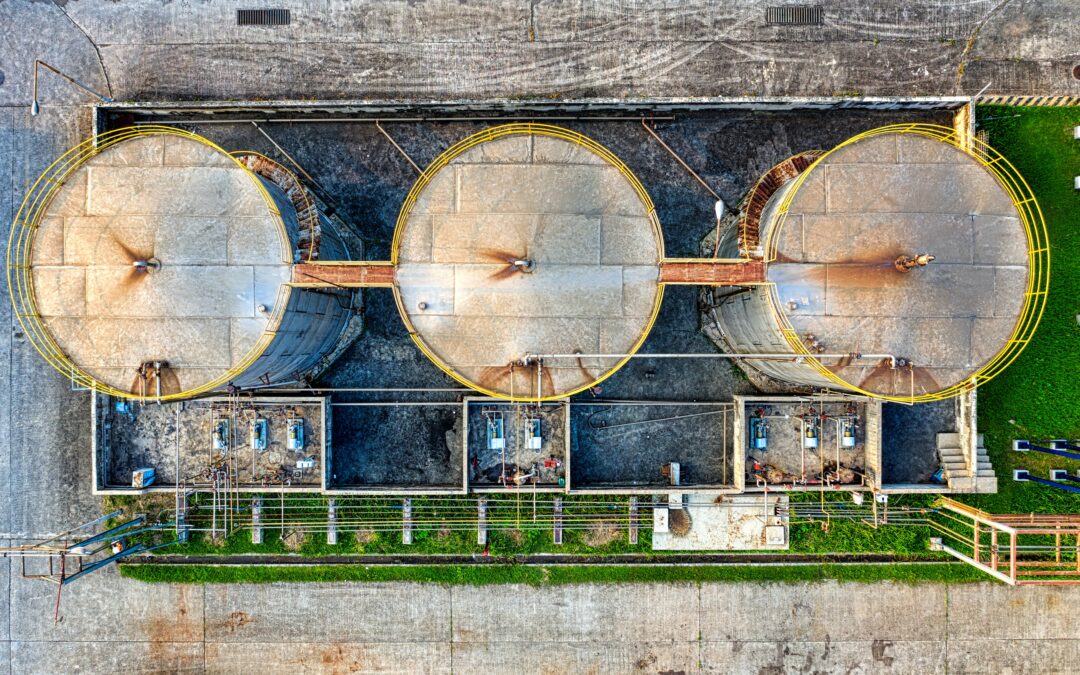Decarbonisation: The Business Case for Australia
Climate change is one of the biggest and most complex challenges of our time, and decarbonisation is one of the key solutions to solve this challenge. Decarbonisation is the process of reducing greenhouse gas emissions, which is essential for limiting global warming and mitigating the impacts of climate change. To ensure Australia meets its obligations in reducing greenhouse gas emissions, the Australian Government has set a target of net-zero emissions by 2050.
While arguably the biggest factor driving decarbonisation for Australian companies is stakeholder interest and expectations, the business case for decarbonisation has never been more compelling.
Decarbonisation offers multiple benefits and opportunities for businesses. For example, by implementing a strategy to reduce greenhouse gas emissions, businesses can in parallel cut energy costs and gain access to cheaper capital by demonstrating they are reducing the risks associated with corporate social responsibility and carbon liability. Additionally, decarbonisation can unlock innovation and new business development opportunities in emerging low-carbon sectors, where businesses can gain a strategic competitive advantage through diversifying into new low-carbon products, markets and revenue streams.
The community and wider stakeholder business case for Australia to decarbonise appears obvious to most, as the risks of climate change outweigh the costs of inaction. However the corporate driven business case is often weighted towards company valuations and share price. When considering the risk-value proposition from a company perspective, developing and delivering a clear decarbonisation strategy can be shown to have a direct positive impact on corporate valuations, and thereby also support the business case for Australia to decarbonise.
Financial benefits
As the business case improves, the economic benefits behind decarbonisation are becoming more apparent. For most businesses, the financial case to decarbonise is favourable before even considering the benefits that come with producing lower emissions. Being able to access cheaper renewable energy (estimated at up to 40% less than coal and gas) and lower-cost capital while in turn charging premium prices for low-carbon products are just a few of the factors strengthening the financial case for decarbonisation.
Technological solutions
A wide variety of renewable and clean energy, and circular economy technologies are now available and can offer businesses immediate opportunities to reduce their greenhouse gas emissions while also lowering operating costs. Technologies such as wind, solar, green hydrogen, bioenergy, and energy storage are proven viable options to reduce businesses’ carbon footprint.
Accelerated momentum
The push towards decarbonisation is gaining momentum globally. Proactive companies have a clear opportunity to gain a competitive edge by embracing the global energy transition towards sustainable supply chains. As a significant supplier of minerals and metals, Australia stands to benefit from this trend. Future opportunities to be an exporter of green hydrogen produced from renewable energy is also gaining global momentum.
Governance & Regulatory pressure
Australian businesses are facing increasing pressure from investors, customers, communities, and regulators to be more transparent about their decarbonisation objectives and the impact of their greenhouse gas emissions footprint on the environment.
Regulatory scrutiny has also markedly increased. The Australian Securities and Investment Commission (ASIC) has emphasised the need for reliable and useful climate-related information and warned against greenwashing. Similarly the Australian Prudential Regulation Authority (APRA) has released a guide to help manage the financial risks of climate change and the Reserve Bank of Australia has also warned that climate change is a first-order financial risk that they are addressing.
Creating a roadmap
The first step for a business in creating strategically competitive decarbonisation strategy is often to develop a roadmap. Mumford Commercial Consulting have worked through this process with multiple business, including companies such as Cooper Energy and 29 Metals.
To begin your roadmap, an assessment of the businesses baseline energy and emissions profile will help identify areas requiring immediate attention and assess relevant decarbonisation technologies.
An effective roadmap is context-driven, prioritises emissions avoidance over reduction or mitigation, outlines short-term, low-risk technology investments, anticipates the rapidly evolving technology landscape, and provides medium and long-term flexibility between investment phases. It should be analysis-driven, leveraging scenario analysis supported by engineering-grade, techno-economic assessments.
Decarbonisation pathways provide a flexible framework to manage technology uncertainties and prioritise emissions elimination rather than simple reduction or substitution. The Institute of Environmental Management and Assessment (IEMA) has developed an emissions mitigation hierarchy to guide companies in prioritising low-risk technology investments.
If your business hasn’t started thinking and planning your roadmap to decarbonisation, now is the time. Delaying action may lead to greater scrutiny from investors, customers, communities, and regulators, and those seen lagging behind are likely to suffer reduced competitiveness and risk their long-term sustainability.
If you need guidance understanding the decarbonisation case unique to your business, reach out to us today for advice tailored to your specific business needs.
